Phosphorus is one of the most important elements for living beings. The operation and importance of the phosphorus cycle are explained in this post.
This cycle is simpler than that of nitrogen, because the phosphorus isn’t found in the atmosphere and the only composite of this element used by living beings is the phosphate ion.
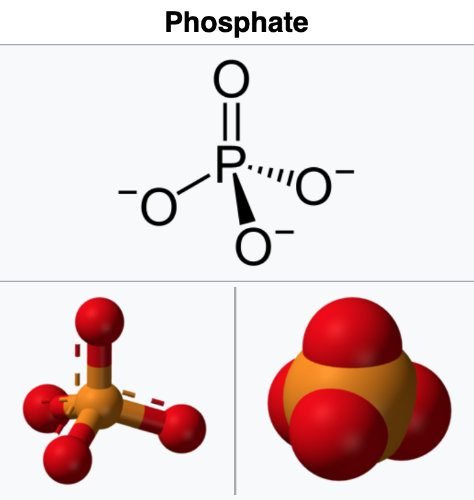
The importance of phosphorus to the living beings
- The phosphate is present in the energy storage molecule ATP.
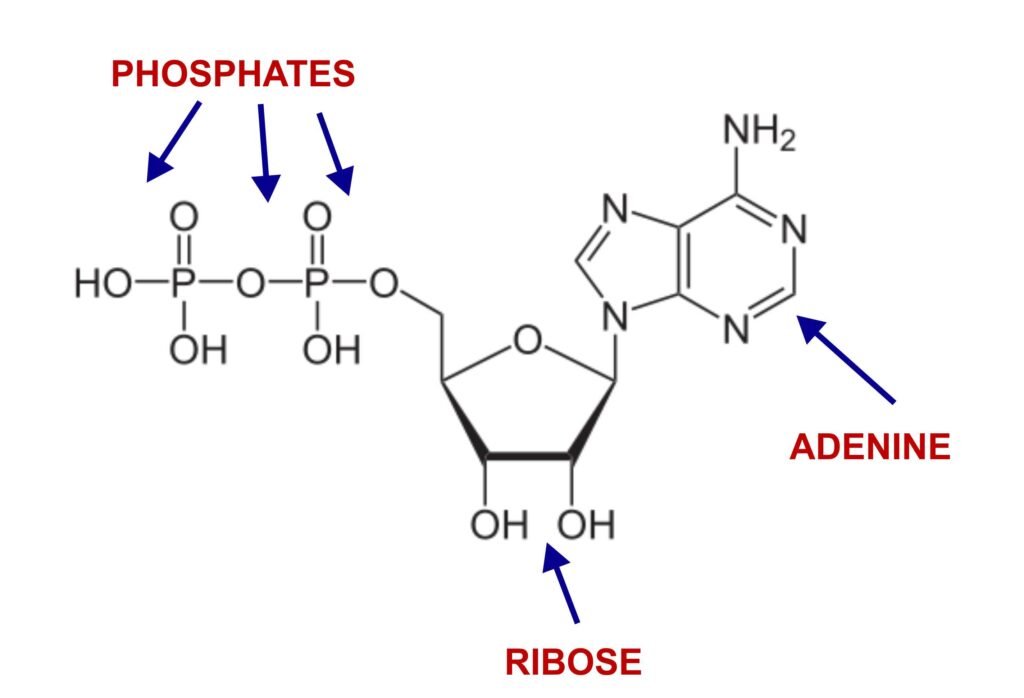
- DNA and RNA have phosphorus.
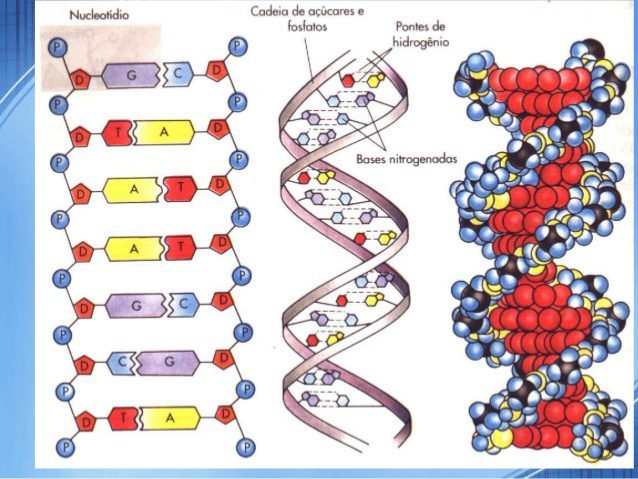
- The phospholipids, molecules that compose the cell membrane, have phosphate.
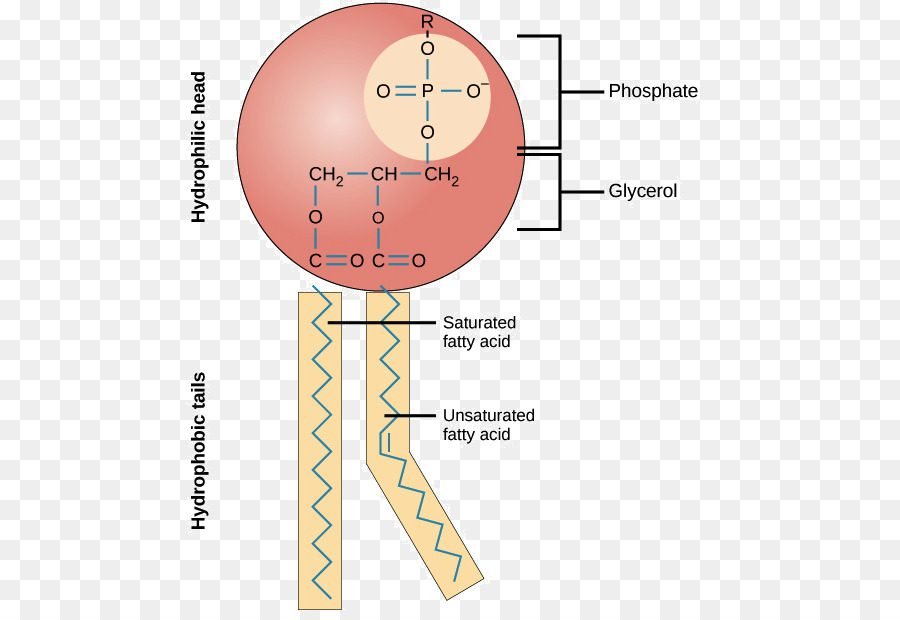
- The phosphorus is one of the 3 fundamental elements on fertilizers to help in the plants’ growth.
- The calcium phosphate (Ca_{3}(PO_{4})_{2}) is the main mineral found in bone tissue.
Phosphorus cycle stages
Weathering
In the environment, phosphorus is found on rocks, the later which have high phosphate (PO_{4}) concentration are called phosphorite or phosphate rocks.

The wind, rain and Sun break down the rocks and the phosphate is dissolved on soil and water. Volcanic ashes and aerosols also can have significant quantity of phosphorus.
Absorption
Bacteria and fungi produce an organic acid that dissolves mineral phosphate to be absorbed by plant’s roots in a mutualistic relation.

In marine environments, the phosphate is dissolved in water and absorbed by marine plants. The quantity of phosphorus present on soil is small, because of that, phosphate is extracted for mines to produce agricultural fertilizers.
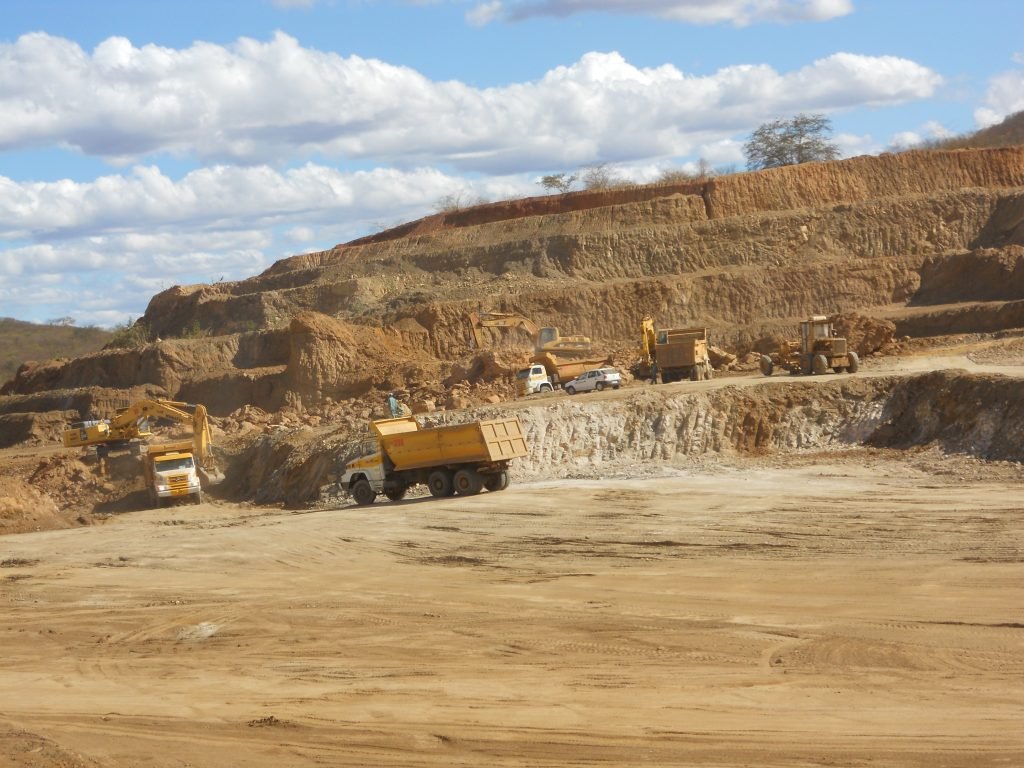
The animals absorb phosphorus eating the plants.
Decomposition
Phospholizing bacteria decompose organic matter, which are waste and remains of animals and plants, converting phosphate to inorganic form and it returns to the soil. In aquatic environments, the phosphate goes to the bottom of river, lake or sea, forming sediments until incorporating on rocks.
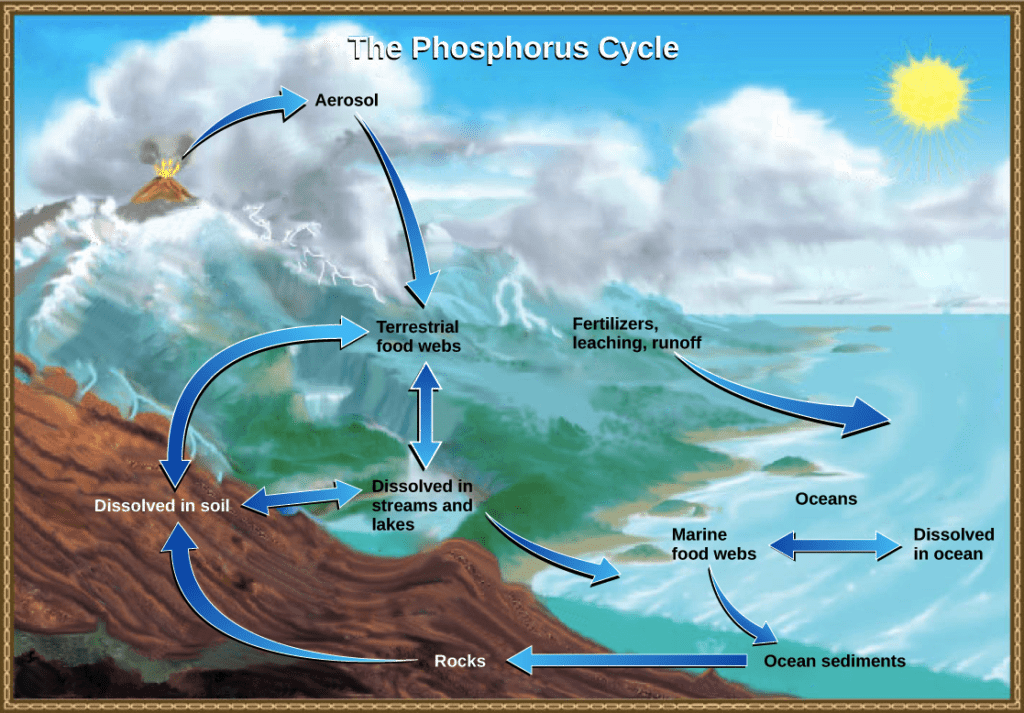
Eutrophication
Just like the nitrogen excess, the phosphorus excess in an aquatic environment due to the flow of fertilizers can cause eutrophication. As was explained in the post about the nitrogen cycle, the eutrophication causes the excess of algae growth, creating a dead zone wit low light and low oxygen level.
Time cycles
The phosphorus cycle can be divided in 2 time cycles: ecological and geological. In the ecological time cycle, the phosphorus circulates between the soil, plants, animals and decomposers. This cycle is relatively short. In geological cycle, composite with phosphates form sedimentary layers the bottom of an aquatic environment. Geological actions can bring these layers to the surface, to be integrated to rocks. The geological time cycle is much longer, can take hundred of thousand of years.


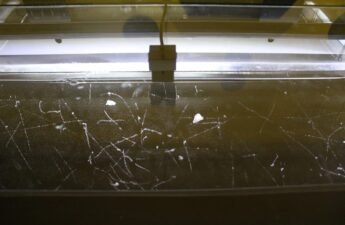
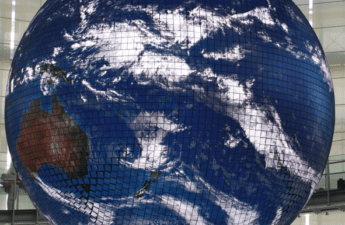
This article helped me a lot, thanks i was looking for exactly this this is a subject that attracts me i liked it so much that i’m going to delve deeper into the topic.
Your website is amazing congratulations, visit mine too:
https://strelato.com
.